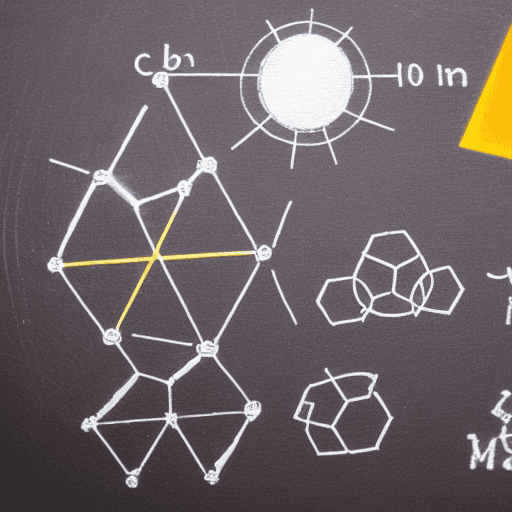How to calculate dipole moment?
We will walk you through the steps needed to make a calculation of a dipole moment.
We will also provide some examples so that you can see how it is done in practice.

The dipole moment is usually calculated as the product of charges (in coulombs) and distances (in meters). The equation is Dipole Moment = Q*d
Explain It To A Child
The dipole moment can be calculated using the following formula: dipole moment = charge * distance. The charge is the number of protons in the molecule, and the distance is the distance between the center of mass and the positive charge. This formula can be used to calculate the dipole moments of both molecules and atoms.
Where Q is the magnitude of the charge and d is the distance between the two charges.
How to calculate dipole moment
In order to calculate the dipole moment, one must first determine the position of the center of mass.
Dipole Moment | Easy Calculation Trick
The center of mass is the point at which the molecule would balance if it were placed on a scale.
Once the position of the center of mass is known, the dipole moment can be calculated using the following formula: dipole moment = charge * distance.
The charge is the number of protons in the molecule, and the distance is the distance between the center of mass and the positive charge.
This formula can be used to calculate the dipole moments of both molecules and atoms.
What is the formula for dipole moment?
The dipole moment is a measure of the charge separation within a molecule.

It is equal to the magnitude of the charge on each atom times the distance between the atoms. The SI unit for dipole moment is the coulomb-meter (C·m).
The formula for dipole moment is: μ = q·r, where q is the charge on each atom and r is the distance between the atoms.
- The dipole moment can be used to predict the behavior of molecules in an electric field.
- For example, molecules with a large dipole moment will be attracted to electrodes with an opposite charge.
- Additionally, dipole moments can be used to calculate the strength of intermolecular forces.
- Dipole-dipole interactions are strongest when the dipoles are aligned with each other, and weakest when they are perpendicular.
The formula for dipole moment can help to explain these observations.
Examples of how to calculate dipole moments

There are several different methods for calculating dipole moments, but they all essentially involve measuring the distance between the negatively and positively charged atoms in a molecule.
The most common way to represent this information is with a dipole arrow, with the negative end pointing towards the more electronegative atom.
Dipole moments can be very useful in predicting the overall shape of a molecule, as well as its reactivity.
For example, molecules with high dipole moments tend to be more reactive than those with low dipole moments.
This is because the high degree of polarity creates a greater incentive for the molecule to interact with other molecules.
Applications of the dipole moment calculation
The dipole moment calculation is an important tool in a variety of scientific fields.

In chemistry, it can be used to predict the strength of intermolecular forces, and in physics, it can be used to study the behavior of electric charges in matter.
It can also be used in engineering to design electric and magnetic devices.
The dipole moment calculation is also a useful tool in biology, as it can help to determine the shapes of proteins and other molecules.
In short, dipole moment calculation is a versatile and powerful tool that has many applications in a variety of scientific fields.
How to calculate dipole moment using electronegativity
The dipole moment is a measure of the electric dipole moment per unit volume and is represented by the symbol μ.
It is a vector quantity with units of C·m.
The dipole moment is defined as the product of the electric charge Q and the displacement r: μ = Q·r.
The SI unit for the dipole moment is the coulomb-meter (C·m).
The dipole moment can be calculated using electronegativity. The electronegativity of an atom is a measure of the tendency of the atom to attract electrons to itself.
The higher the electronegativity of an atom, the more it will attract electrons to itself.
The dipole moment is a measure of the distribution of charge within a molecule.
It is calculated by taking the difference between the electronegativities of the atoms and dividing it by the distance between them.
The larger the difference in electronegativity, and the closer the atoms are together, the greater the dipole moment.
For example, consider two atoms with electronegativities of 2.0 and 4.0. The difference in electronegativity is 2.0, and if the atoms are separated by a distance of 1.0 Angstroms, then the dipole moment would be 2.0 D (Debye).
As a result, understanding how to calculate dipole moments is an essential part of studying Chemistry.
Article Sources
Jacks of Science sources the most authoritative, trustworthy, and highly recognized institutions for our article research. Learn more about our Editorial Teams process and diligence in verifying the accuracy of every article we publish.
